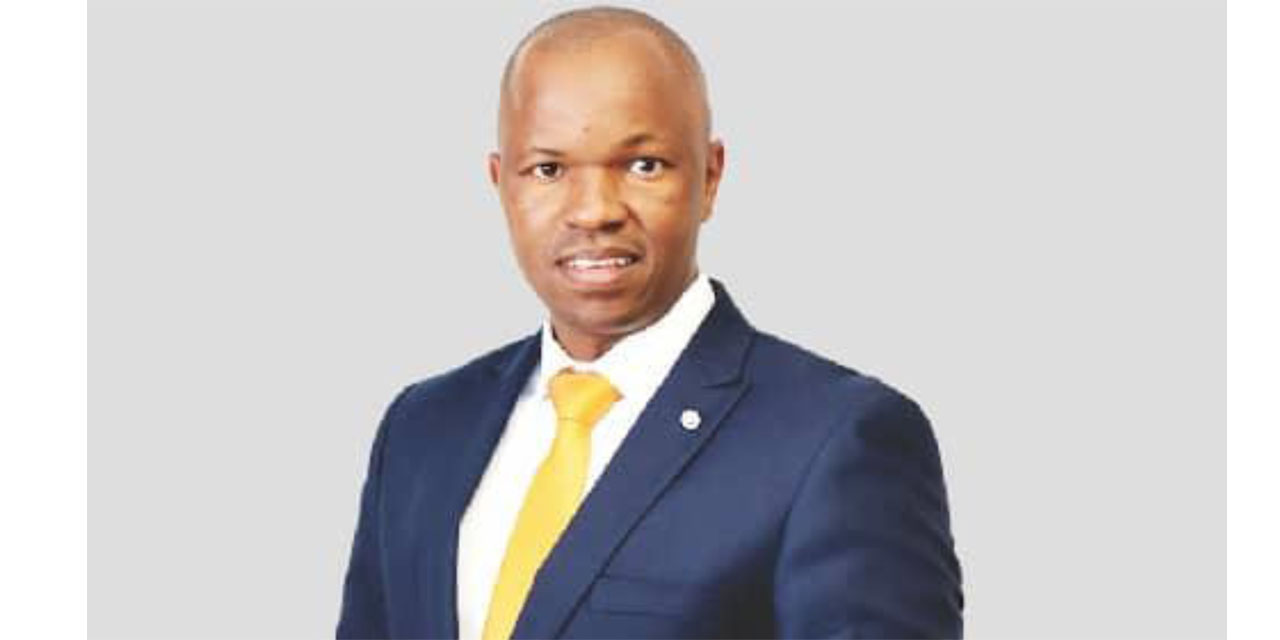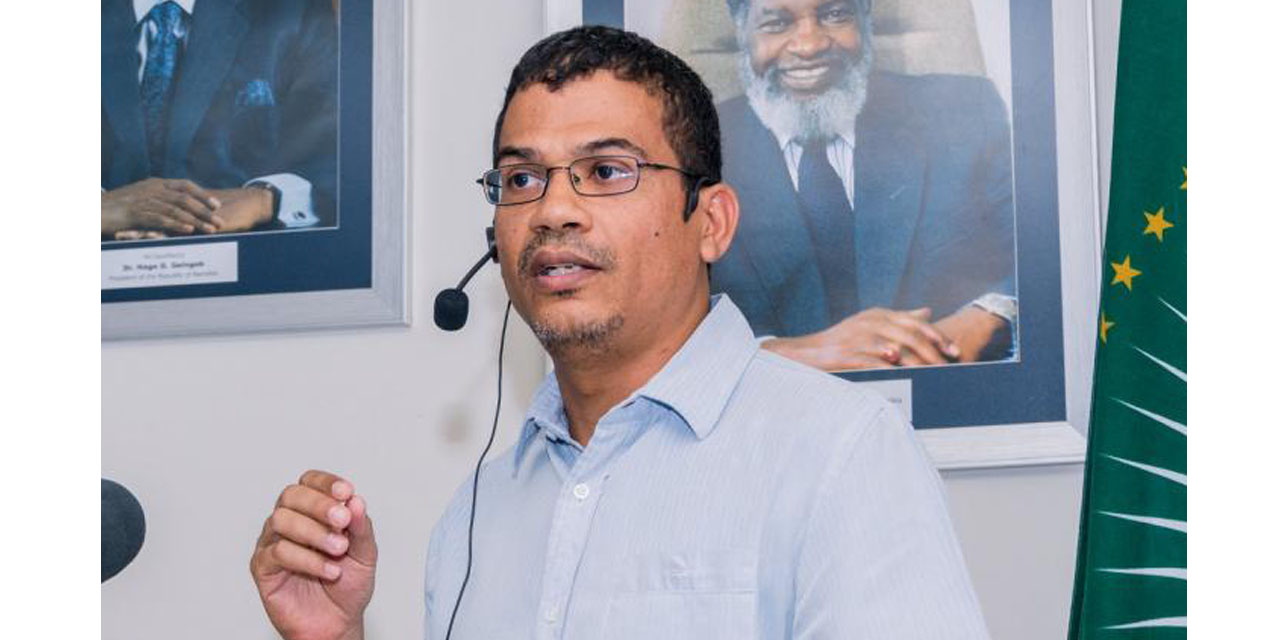Martin Endjala
WINDHOEK is expected to become drier and warmer in the near future as a result of its aridity and socioeconomic conditions, a development exacerbated by climate change and is set to make it one of the world’s most afflicted cities.
These findings were presented by City of Windhoek (CoW) Mayor, Joseph Uapingene during a recent regular council meeting, where he introduced the city’s approved Integrated Climate Change Strategy and Action Plan.
Climate change, he said, is the most significant global concern of our time.
“As a result, Windhoek, like many other towns in the developing world, is already feeling the effects of climate change. This is compounded further by the high level of urbanisation and the spread of informal settlements.
“This has a direct impact on the Windhoek Municipal Council’s ability to provide efficient municipal services while also building resilience to climate change. Windhoek, due to its aridity and socioeconomic status, is one of the cities that will be most affected by climate change. All projections show that Windhoek will be much drier and warmer as a result of climate change, which will result in many climate-related incidents,” Uapingene said.
Such impacts will include a reduction in water availability due to high evaporation rates and changes in rainfall patterns, and the impact on water resources will be exacerbated by Windhoek’s high rate of urbanisation and a lack of investment in alternative water sources.
Windhoek is additionally vulnerable because the majority of its water is supplied by open dams and subsurface sources.
“Climate change will have an impact on all of these sources. To enhance its response to climate change, the City instructed its Department of Economic Development and Community Services to prepare the Municipal Council of Windhoek Integrated Climate Change Strategy and Action Plan,” he said.
He further said that the effects of climate change are felt by everyone.
“As a result, the steps indicated in the strategy necessitate a collaborative effort from the entire city to ensure that it is a Windhoek-wide strategy and to foster the kind of buy-in partnerships required to transform Windhoek into a low-carbon, climate-resilient city.
“The strategy was developed through extensive consultation with external stakeholders. Windhoek is ensuring that it is contributing to the achievement of local, national, regional, and international goals through this Strategy and Action Plan. This strategy is driven by our ambitions to become a smart and caring city, in addition to our obligation to build a climate-resilient city,” Uapingene explained.
The mayor also stated that Namibia is currently experiencing urbanisation and will continue to do so in the foreseeable future as long as urban areas are seen as a symbol of hope from abject poverty.
“The country set a goal for itself through Vision 2030 to become a developed country by 2030 and to have approximately 70 percent of its population urbanised. The Windhoek Municipal Council performed a quick numbering of informal structures in all informal communities in March 2020. The Khomasdal Constituency had 3 394 informal structures, the Moses Garoeb Constituency had 9 052, the Samora Machel Constituency had 21 241 informal structures, and the Tobias Hainyeko Constituency had 14 546 informal buildings.
“According to sample surveys, average household size in the four constituencies was 3.8 people per household. Using an average household size of 3.8 people, the number of people living in Windhoek’s informal settlement is estimated to be 183 285 individuals. Given the foregoing, it is without question that the proposed development is critical to addressing informality and ensuring project beneficiaries’ security of tenure and access to basic services,” said Uapingene.




